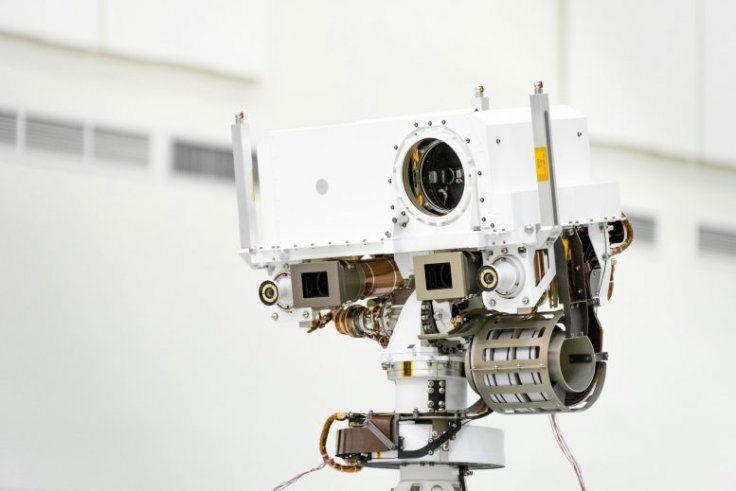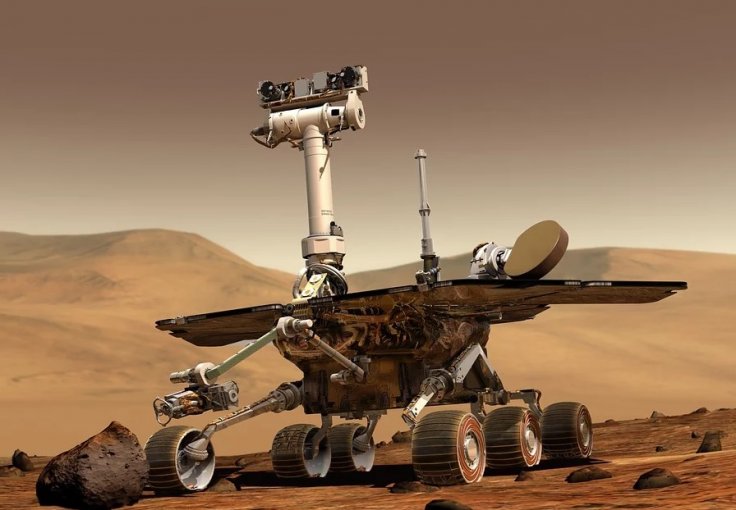NASA's new rover for its Mars 2020 mission will be equipped with a powerful laser that's capable of vaporizing rocks on the Red Planet and the agency hopes to use the new instrument to track down signs of alien life in the upcoming mission.
The Mars 2020 rover's new equipment, known as the SuperCam, is an upgraded version of the Curiosity rover's ChemCam. Curiosity currently uses this instrument on Mars to determine the chemical composition of rocks and soil on the Martian terrain.

How the SuperCam Works
According to NASA, SuperCam is attached to the mast of the rover and its camera is equipped with a laser that's capable of vaporizing rocks and other minerals that are too far for the rover to reach.
Once it has selected a target, the SuperCam will use its infrared laser beam to heat it up to around 18,000 degrees Fahrenheit, which is enough to vaporize it. The instrument will then scan the plasma from the vaporized material to analyze its chemical composition.

Hunting Alien Life With SuperCam
Another feature of the Mars 2020 rover's new equipment is its green laser, which can detect the molecular composition of surface chemicals. This laser can cause carbon-based chemicals in samples to emit light and helps to track down materials that contain microbial life.
Aside from these features, the SuperCam is also equipped with a microphone to capture the sounds that the scientists can listen to when the rocks get hit by the laser. Since material properties produce different sounds when they get hit by the laser, scientists will be able to collect information regarding the composition of these rocks and minerals.
"The microphone serves a practical purpose by telling us something about our rock targets from a distance," Sylvestre Maurice of the Institute for Research in Astrophysics and Planetary Science in France said in a statement. "But we can also use it to directly record the sound of the Martian landscape or the rover's mast swiveling."
Curiosity's findings
In 2017, the Curiosity rover detected boron, an ingredient for life on Earth, on the planet Mars. Along the lines of previous discoveries that water may have been present on ancient Mars, it further supports the possible early habitability of Gale Crater on Mars. Keeping this in view, NASA team plans to explore microbial life inside the rocks of Mars with the help of SuperCam in Mars 2020 Mission rover.









